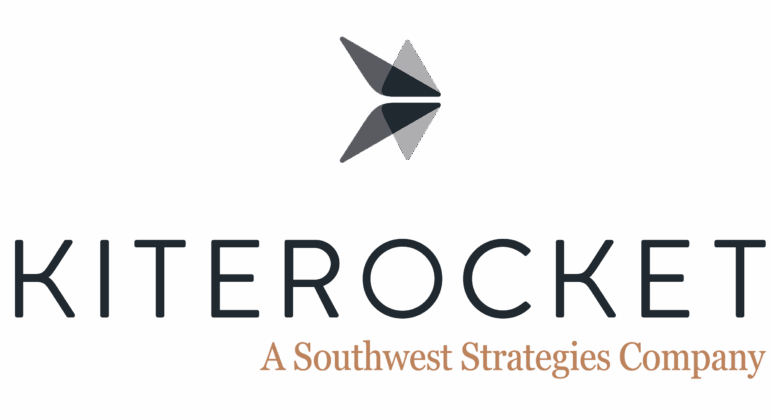Fostering Cross-Cultural Collaboration in the Tech Industry: Navigating Work Philosophies for Success
The complexity of the semiconductor industry underscores the need for effective collaboration, a requirement that extends beyond technological intricacies to encompass cultural considerations. Taiwan holds a pivotal role as a crucial supplier and partner not only for leading U.S. technology firms such as Apple, Nvidia, Texas Instruments, and Qualcomm but also for prominent global technology companies. The establishment of TSMC’s foundry in Phoenix amplifies the significance of cultural communications in fostering increased collaboration within the semiconductor ecosystem.
As companies with diverse cultural backgrounds come together in this technological hub, the skill to navigate cultural nuances becomes imperative. This observation leads us to recognize the presence of a communication gap in the work environment between the United States and Taiwan. Rather than dwelling on challenges, we want to explore the intricate dynamics of cross-cultural collaboration, emphasizing the need for understanding and proposing constructive solutions for the industry’s future.
Work-Life Balance: A Delicate Equilibrium
When we engaged in discussions with one of the construction companies responsible for development of some of the new Phoenix facilities being built by Taiwanese organizations, one notable piece of feedback emerged: the unrealistic timeline expectations. Their observation pointed to a potential lack of comprehension regarding the American norm of the 40-hour workweek, which, in turn, led to miscalculations in project timelines.
In the US, the work-life balance is a perennial concern among American employees. Striving to strike a harmonious balance between work and personal life, many grapple with extended working hours and limited vacation time. In stark contrast, Taiwan boasts a robust work ethic where employees commonly invest longer hours in their professional endeavors. The Taiwanese work culture places a heightened emphasis on dedication to one’s job and a commitment to meeting work-related expectations. Even when faced with challenging project deadlines that may seem unattainable, Taiwanese employees tend to persist in their efforts to meet these expectations
The Power of Authority
In the workplace culture of Taiwan, hierarchical structures wield significant influence. There is a deeply rooted reverence for authority and seniority, where managers are typically entrusted with decision-making authority, and employees frequently demonstrate deference to their superiors. High-level business strategies and organizational directions are primarily determined by top executives and senior managers. These decisions seldom arise from broad-based input or consensus but are crafted with the overarching objective of preserving organizational stability and harmony. In situations involving workplace conflicts or disputes, managers or supervisors often play a pivotal role in mediating and resolving issues, with their decisions often serving as the ultimate resolution accepted by the parties involved. In a hierarchical structure where authority holds significant sway in decision-making, establishing effective communication with the appropriate decision maker becomes paramount. Directly engaging with the individual or team entrusted with decision-making responsibilities serves to eliminate any potential misinterpretation or distortion of your message, ultimately facilitating the clear and precise conveyance of your ideas, concerns, or proposals.
In contrast, while hierarchies are present in American workplaces, a distinctive ethos prevails.
Especially decision-making in the U.S. frequently involves collaboration and consensus-building. Input is sought from various stakeholders before arriving at final decisions. This process values diverse perspectives and frequently leans towards fostering teamwork, promoting open communication, and empowering employees to contribute ideas and insights, regardless of their position within the organizational hierarchy.
American work culture often promotes flexibility, adaptability, and the empowerment of employees to provide input and innovative ideas. This contrasts with some aspects of the Taiwanese work culture. Encouraging creativity and flexibility within the U.S. operations while respecting Taiwanese cultural values can be a balancing act.
Communication Style: Directness vs. Politeness
Undoubtedly, effective communication is the most powerful tool for bridging cultural gaps. However, it’s essential to acknowledge the pronounced disparity in communication styles between Taiwan and the United States. In Taiwan, a prevailing cultural value is politeness, and communication often takes an indirect route. When it comes to disagreements or criticisms of superiors, these are typically expressed subtly to sidestep direct confrontation. Given the top-down power structure, offering critiques or differing viewpoints from superiors tends to follow a more tactful path. As a result, when challenges arise within a project, subordinates may encounter difficulty in presenting the situation transparently and engaging in open discussions with decision makers.
This is seen in some of the ongoing negotiations between Taiwanese companies and the Arizona Building and Construction Trades Council, which underscore a notable communication gap. Taiwanese companies may follow distinct cultural norms and practices that differ from those of the local workforce in US. These variations in cultural sensitivities can lead to misunderstandings and present challenges when addressing worker concerns. Effective communication to bridge this gap is imperative.
To address these challenges, both sides should consider investing in cultural sensitivity and communication training for their respective teams. This training would enhance mutual understanding and respect for the cultural norms and communication styles of each party.
Furthermore, the introduction of cultural liaisons or mediators can prove invaluable. These individuals not only facilitate communication but also provide cultural interpretation. They can elucidate how specific actions or behaviors may be interpreted differently in each culture. For instance, they can clarify why a particular approach holds significance in one culture but may be perceived as confrontational in another.
Most importantly, cultural liaisons can mediate conflicts, promoting an atmosphere of understanding and collaboration between the Taiwanese management and the Arizona workforce.
Perhaps We Can Help?
I have spent the last 15 years working for a company headquartered in Phoenix that has been supporting companies in the semiconductor industry for almost 20 years. I was born in Taiwan, have family there and visit often, but I live stateside. I am very familiar with Asian culture and I direct the marketing activities for our clients when they have initiatives in Asia.
Given this insight, and the experiences and skillsets of my co-workers (communications, construction experience, and a deep knowledge of the industry and U.S. business practices), we now offer support to help bridge the challenges Taiwan and U.S. companies are facing when working together. This comes by way of offering short courses on various topics in and around cultural sensitivity and communications and other topics.
We have outlined course tracks for both U.S. and Taiwanese companies and are fielding input from local government agencies that are also working with companies on-shoring from Taiwan. Our hope is that we can provide a better understanding from both sides about culture, doing business in the U.S., contract negotiations and government regulations, and how to better communicate with one another.
Perhaps in some way, we can help be a part of the solution to this sticky and tricky situation by helping to bring more fruitful engagements that can, with some insight, awareness, and understanding, see progress move more quickly.


